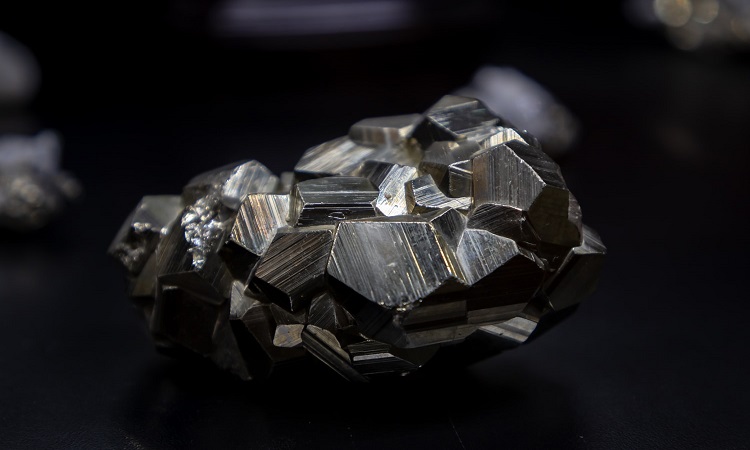a new approach to perovskite cell design has led the material to equal or exceed the efficiency of today’s typical silicon solar cell. Researchers from the Massachusetts University of Technology (MIT) discovered an important finding in the mineral that could lay the groundwork for further improvements in solar cells.
Likewise, perovskites are a candidate to replace silicon in the medium term thanks to their low cost and their manufacture at low temperatures, flexibility, ultrafine and light. The MIT researchers claimed that by adding a pre-treated conductive layer of tin dioxide to the perovskite material, it can provide an improved charge to solar cells. “When the two compounds are fused, the effectiveness of the panels can increase up to 25 percent of their performance,” they noted.
This finding was published in the journal Nature by recent MIT graduate Jason Yoo, chemistry professor Lester Wolfe Moungi Bawendi, and 11 other researchers. In the article they explained that perovskites are a wide class of materials that have the peculiarity of changing their molecular structure causing a large number of possible chemical combinations.
It should be noted, one of the keys to the efficiency of the material was the precise engineering of a cellular layer formed by perovskite, in it, the transport of electrons is more efficient. “The mineral itself is overlaid with a transparent conductive layer that is used to carry electrical current from the cell to where it can be used,” Bawendi said.
This intermediate electron transport layer provides especially the interfaces where it connects with the layers at each end of it and where interferences tend to occur. By studying the mechanisms and designing a better-fitting layer composed of tin oxide, the researchers were able to greatly reduce losses.
According to MIT, perovskites are a wide range of compounds that share a certain crystalline structure divided into three parts, each of which is made of several elements. This allows the mineral to have a greater addition to certain alkali metals and enhance the conversion of solar energy into electricity.
One of the main objectives of the scientists is to look for similar systems or find other variants of the mineral formula to obtain more benefits over solar cells made with silicon. All in order to find a way to build solar panels at a low cost and improve their efficiency in addition to their life time. For now, MIT scientists continue to study perovskites in detail through nano-X-ray fluorescence measurements. With the aim of analyzing material just one thousandth the width of a human hair. And find the details of the process, with potential clues on how to improve material performance even more.




